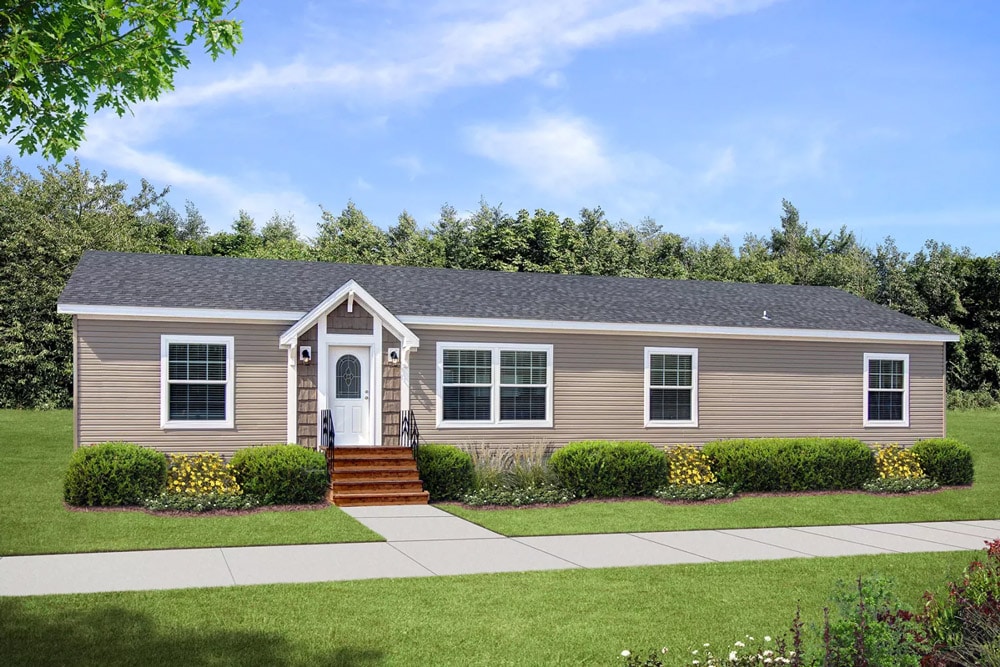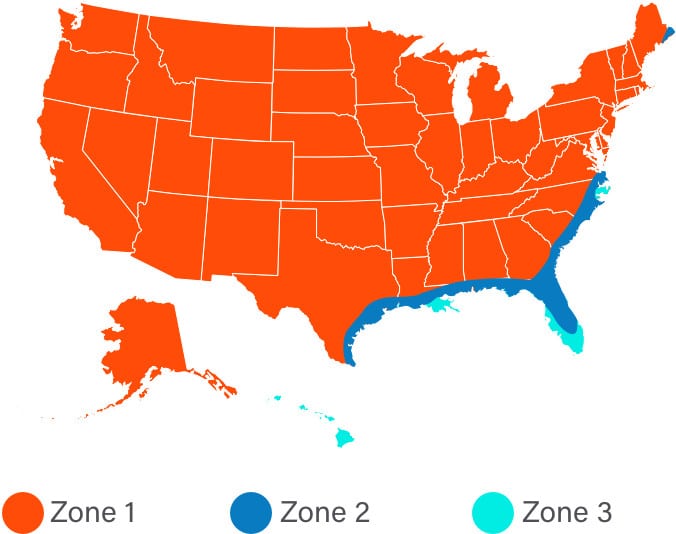
Let’s get back to the basics. Understanding what makes up a manufactured home clears up any confusion so that you’re able to select the right parts and supplies for your housing type. Our vendor Tiedown Engineering explains the key facts, history, and regulations you need to know to understand prefab homes.
“People often misname home structures built off-site. A house is considered a prefabricated home, or factory built home, when it is not a site-built home.
Three prefab types of homes exist.
- Mobile (Pre-HUD)
- Modular (IBC)
- Manufactured (HUD)
To the everyday person, these homes don’t look much different from on-site homes. However, the codes and regulations they are built to and follow differentiate them. Manufactured homes are constructed to a federal code, unlike traditional on-site built homes.

A manufactured home follows a manufacturing process under the federal building code outlined by the U.S. Department of Housing and Urban Development or the HUD code. This code defines this type of prefab home as:
- Constructed in a controlled environment
- Transported on a permanent chassis
- Built and regulated by the federal HUD standards
Each of these requirements differentiates manufactured housing from the other types of prefab homes. Regarding mobile homes, these manufactured homes were built before June 15, 1976. People often misuse the word “mobile home” but due to HUD policy changes, this type of home is not manufactured anymore.
Since mobile homes have not been constructed since 1976, when the HUD code began, manufactured homes replaced the concept and picture of mobile homes.
Brief History of Manufactured Homes

The aftermath of World War II saw the rise in mobile homes, or manufactured housing, due to this form of housing’s ability to easily relocate. The initial marketing of this home structure honed in on people with mobile or nomad lifestyles. At the beginning of the 1950s, the focus shifted to manufactured housing as being an inexpensive way of living but with the ability to set up and stay in a location for an extended period of time.
As the marketing and construction of mobile homes evolved after World War II, there was still no national regulation for safety, construction, or manufacturing.
The U.S. Congress passed the National Manufactured Housing Construction and Safety Act, which set national standards for mobile homes. With this change, “mobile home” officially transitioned to the manufactured home.
Hud Code
Since June 15, 1976, the HUD code sets the structural codes, or foundation, for manufactured homes. However, there are a few things this code does not regulate or do.
- Regulate manufactured home parks or neighborhoods.
- Issue tags or labels for mobile homes constructed before June 15, 1976
- Issue tags or labels on upgrades without proper production and inspection following the code’s standards and regulations
Wind Zones

HUD’s Manufactured Home Construction and Safety Standards and the Model Manufactured Home Installation Standards label the United States and many territories into three wind zones: Zone I, Zone II, and Zone III. HUD defines the wind zone map as:
Zone II: High winds area of 100 mph wind speed (fastest mile)
Zone III: High wind area of 110 mph wind speed (fastest mile)
HUD actually classifies Zone I as areas not able to resist the wind loads for high wind areas (Zone II and Zone III).
The proper anchoring and stabilizing system for the home depends on which of these wind zones the home is planned and built for. The lateral load, or wind loads, needs to be resisted by the home. The structure must be able to transfer the lateral load to the home’s stabilizing parts without surpassing allowable stresses.
Generally, homes constructed for a higher wind zone can be installed in a lower wind zone. However, a house for a lower wind zone can not be installed in an area for a higher wind zone.
Conclusion
When choosing a prefab home, the terminology may not seem important, but it is! Manufactured homes look so similar to traditional homes and even modular homes, but that doesn’t mean they are one and the same. Understanding your choices for prefab homes keeps home buyers well-informed and prepared.”

